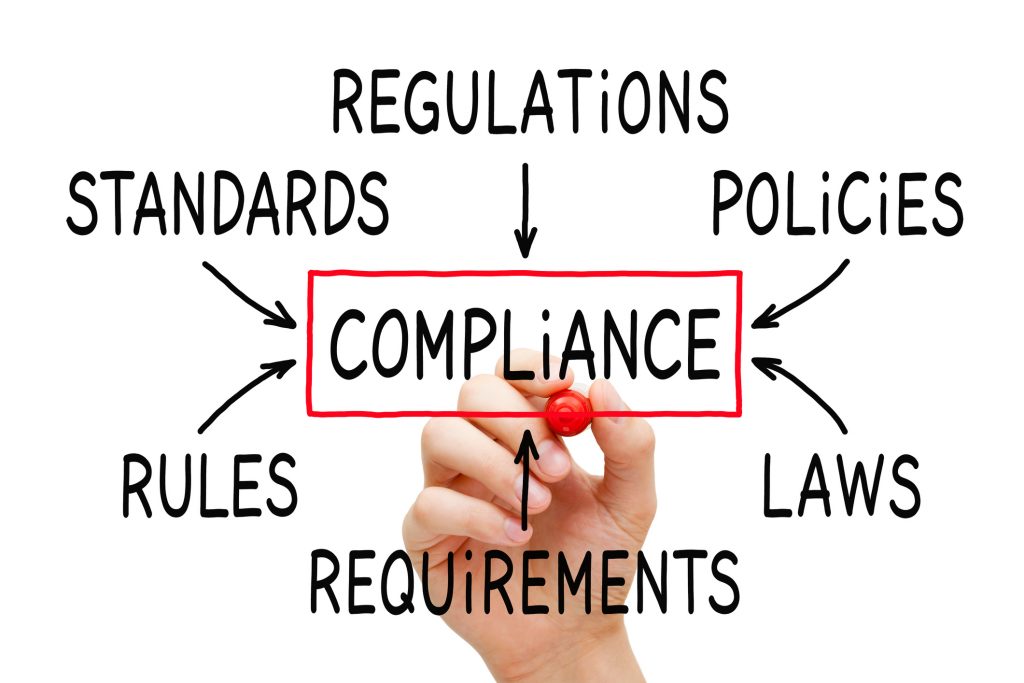The Department of Labor (DOL) is vigilant in its role of protecting employees. This is reflected in its increase in investigations to uncover noncompliant employers/plan sponsors. When it comes to employee benefit funds, the DOL has taken note of several issues when many plans fail to meet its regulations. Being proactive in these areas is the best way to avoid becoming the next DOL target.

Avoid these Common Missteps
Following are areas where many plan sponsors can become noncompliant:
- Failure to update beneficiary information – To make sure that terminated vested plan participants receive the benefits to which they are entitled, the DOL has become more aggressive in locating these individuals. To do so, they require plan sponsors be diligent in maintaining up-to-date information on these individuals and their beneficiaries in case the vested party dies. Typically, the plan participant would complete a beneficiary designation card at the beginning of his/her participation in a plan. All too often, this is the one and only time that this measure is taken. Subsequently, if there is a divorce or death and the information has not been updated the pension benefit cannot be paid. Recommendation: With all regular and routine communications (e.g., normal retirement age letter, required minimum distribution letter, terminated vested letter), provide the plan participant with a reminder along with a beneficiary designation form to update their beneficiary information, if needed.
- Not having a written policy on trustee and fund office employee expense reimbursement – The DOL will ask for the plan’s written policy regarding the reimbursement of expenses paid by trustees and office employees. Having a well-established and trustee approved expense reimbursement policy, specifying the required documentation, will eliminate the potential for this element of a DOL investigation.
- Not accommodating pensioner’s difficulties in providing a notarized annual pension verification form – Even before the pandemic had people sheltering in place, many elderly or physically-challenged pensioners had difficulty performing the task of getting the annual pension verification form notarized and returned to the plan sponsor timely. To assist their pensioners, it is wise to consider providing options for them to verify that they are still alive. This can be as simple as foregoing the notarization requirement and replacing it with a verification phone call to confirm the identity of the pensioner. This option, used in conjunction with ongoing death searches conducted by a commercial locating service can assist the fund in reducing the number of payments to deceased pensioners.
- Failing to maintain proper records documenting cost-sharing and expense allocations – It is not uncommon for benefit plans to share common space with other entities, nor is it uncommon for there to be some cost-sharing. If this is the case with your plan, it is important to maintain meticulous records documenting how allocations are made. Records should consist of things like shared employee time tracking reports and a CPA-prepared space allocation study conveying how much space the plan (and the other entity) is using so that rent expense can be justified.
Additionally, if the plan is a lessor of real estate, the rental values paid by its tenants must reflect fair market rental values. Alternatively, if the plan is a lessee, its rent must reflect a fair market value. For any leasing arrangement in which other related parties may be involved (e.g., a contributing employer, affiliated employee benefit plan, a union), the DOL may also request a copy of the leasing agreement and evaluate its terms and conditions to ascertain their appropriateness. Other areas where plans should be diligent, is in the review of their Summary Plan Descriptions, updating them at least every five years or as needed. In addition, they should maintain copies of all finalized plan documents including executed fund meetings minutes, summary of material modifications and/or plan changes and amendments.








